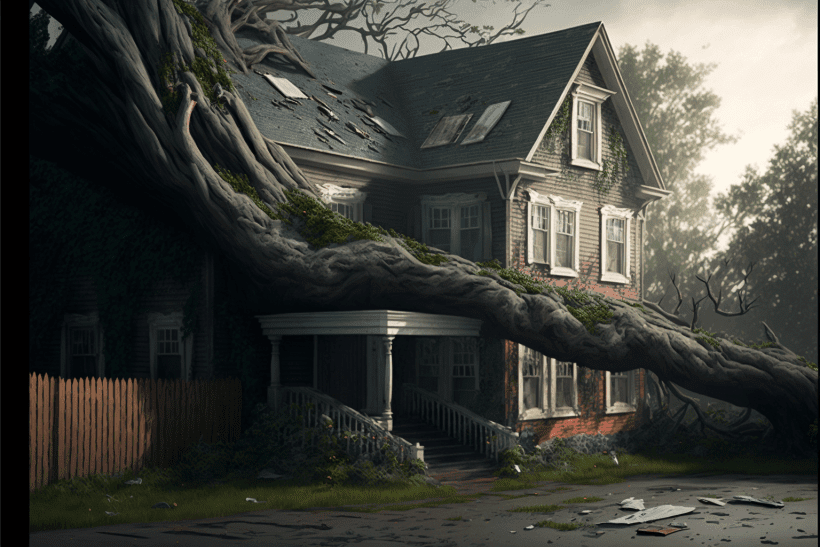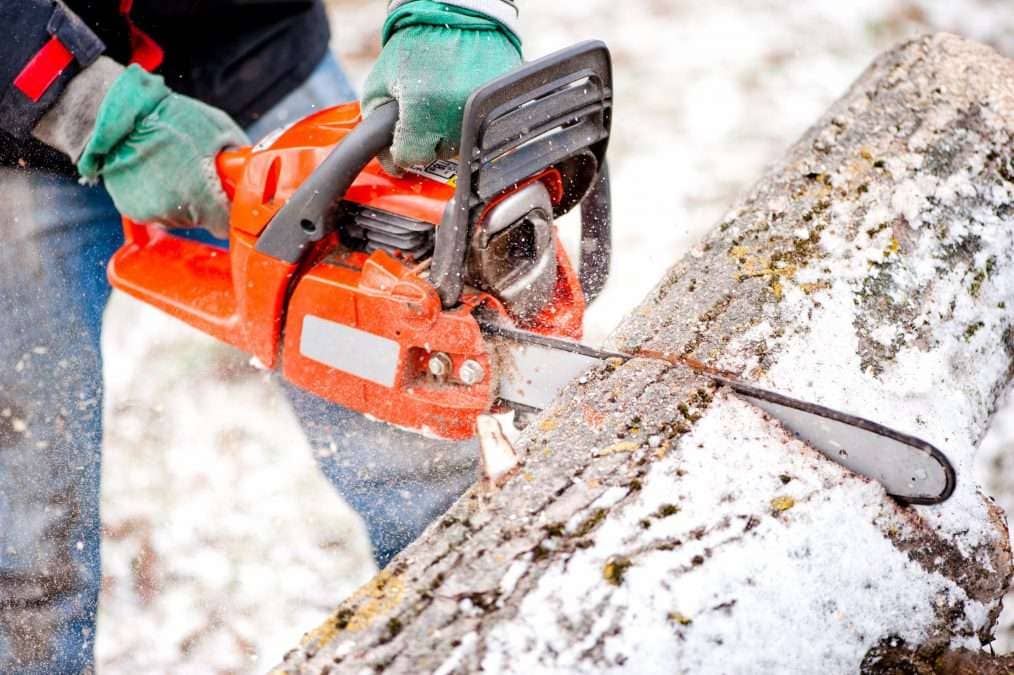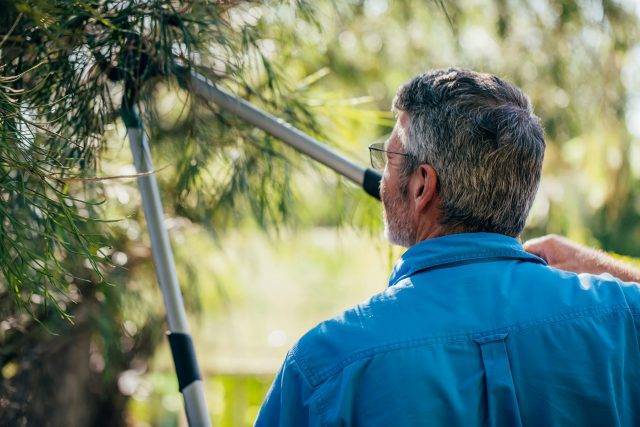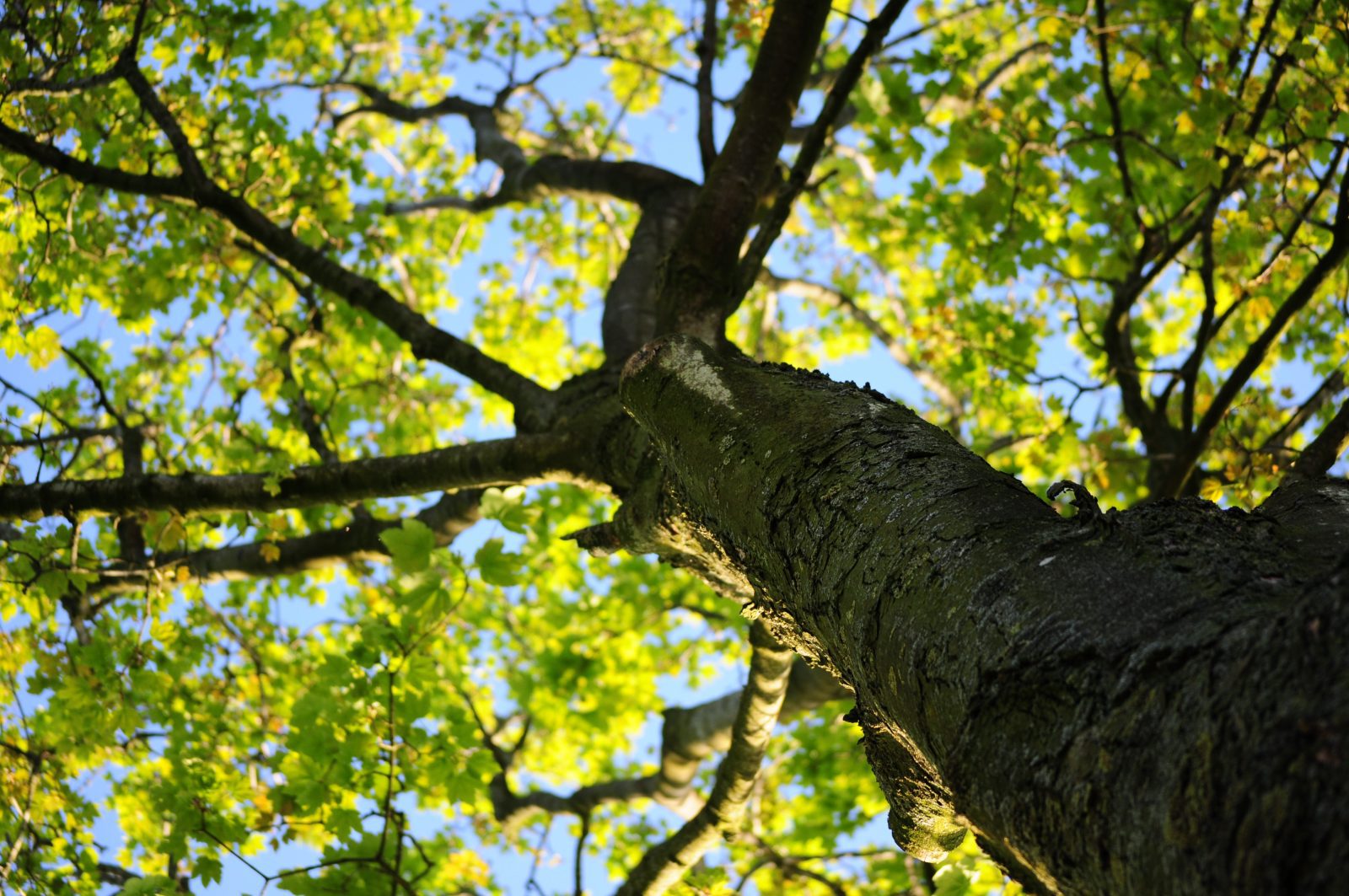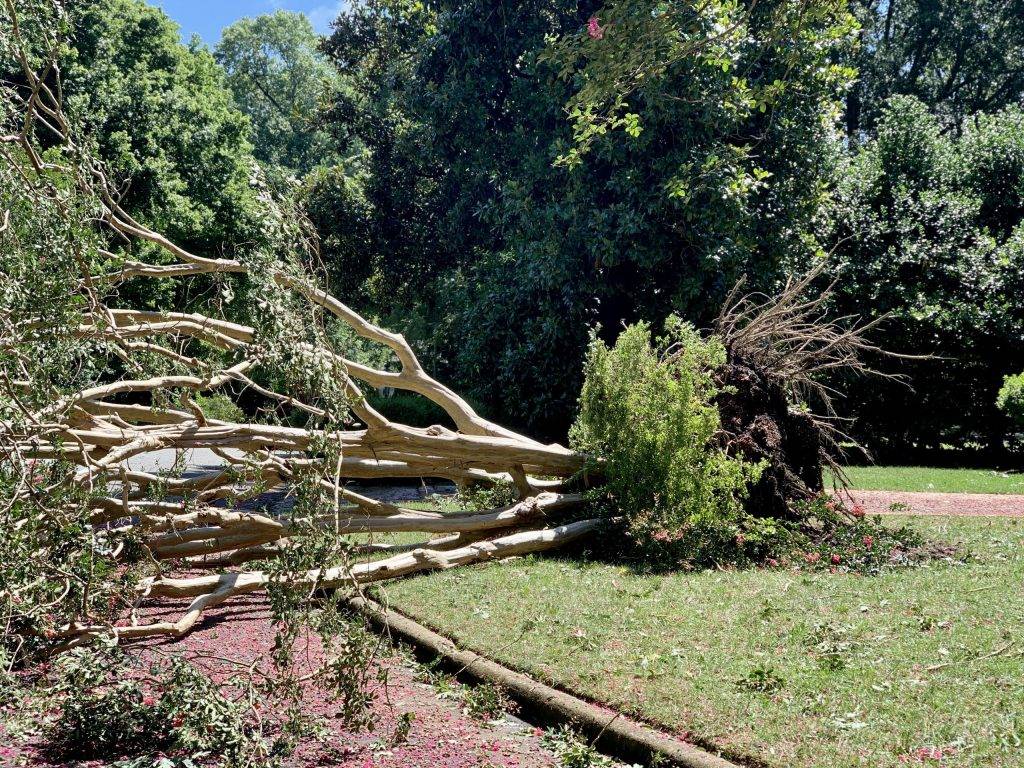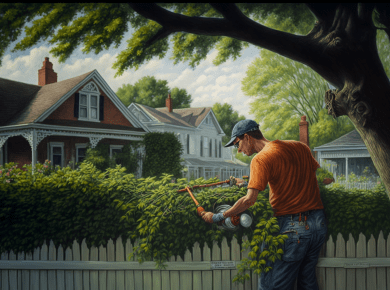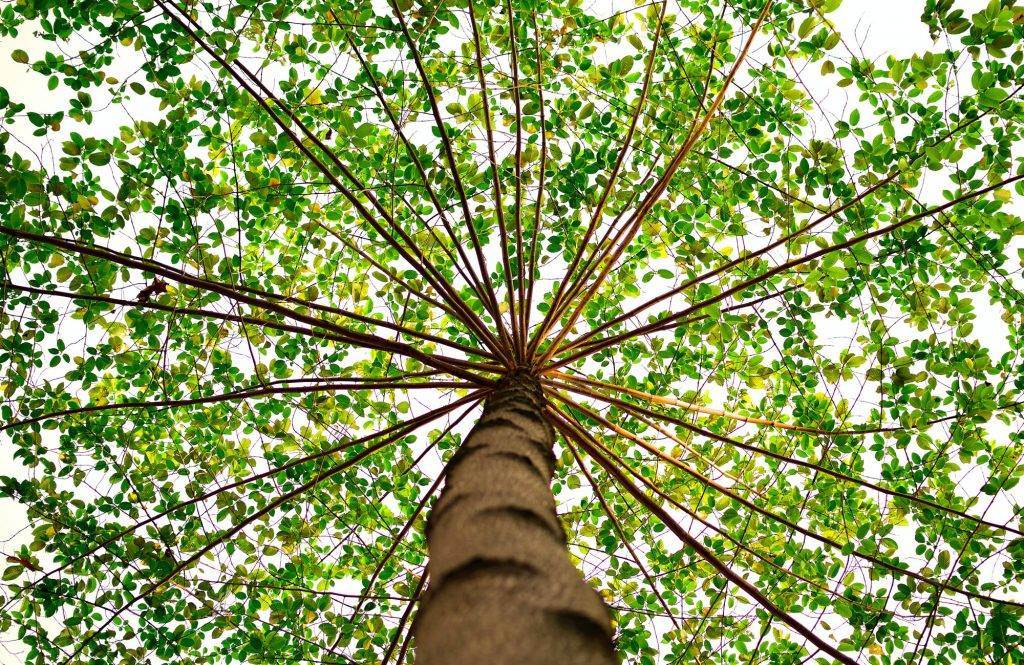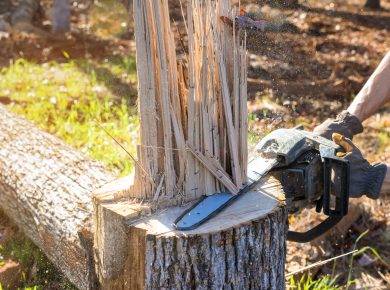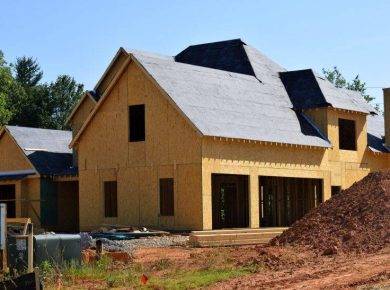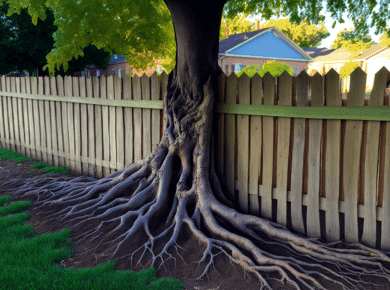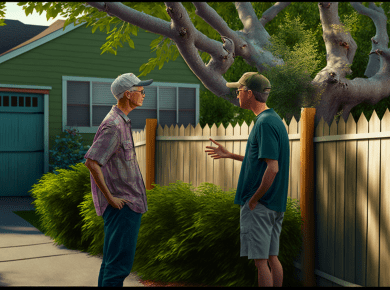Table of Contents
What do I do if a neighbor’s tree fell on my house?
When a neighbor’s tree falls on your house, not only is there the potential for significant property damage, but there are also legal rights and responsibilities to consider.
In this article, we will delve into the topic of neighbor’s tree falling on a house, including legal rights and responsibilities, preventing future incidents, and handling the aftermath.
Essential Steps to Take After a Neighbor’s Tree Falls on Your House
- Securing the area and ensuring the safety of you and your family. This includes evacuating the house and calling emergency services if necessary.
- Contacting a professional tree service to remove the tree and repair any damages.
- Addressing any safety hazards, such as electrical or gas lines, promptly to minimize further damage or danger.
- Documenting the incident and collecting statements from witnesses to support your insurance claim and any legal action that may be necessary.
- Checking with your insurance provider to understand your specific policy and consulting with a legal professional to understand your options for seeking compensation.
- Reach out for professional help and guidance to navigate the process of removing the tree and repairing damages safely and efficiently.
Legal rights and responsibilities of homeowners if my neighbor’s tree fell on my house
First, it’s important to understand your legal rights and responsibilities as a homeowner. In most cases, the property owner whose land the tree originates from is liable for any damages caused by the falling tree.
There may be exceptions to this rule, such as if the tree was on a shared property line or if the falling tree was caused by an act of God. It’s essential to consult with a legal professional to understand your rights and options in this situation.
Homeowners insurance in covering damages
Homeowners insurance is also a crucial factor to consider. Most standard homeowners insurance policies provide coverage for damages caused by falling trees, but it’s important to check with your insurance provider to understand your specific policy.
Proper documentation, including photographs and statements from witnesses, is also important to support your insurance claim.
The importance of documenting the incident
When a neighbor’s tree does fall on your house, it’s important to handle the aftermath properly. Securing the area and contacting a professional tree service are essential steps to take.
Expert Assistance: The Importance of Working with Professionals in Removing a Fallen Tree and Repairing Damages
Removing the tree and repairing damages can be a complicated process, so it’s important to work with experts who can ensure the job is done safely and efficiently. Safety hazards, such as electrical or gas lines, must also be addressed promptly to minimize further damage or danger.
Handling the Aftermath: Navigating a Neighbor’s Tree Falling on Your House with Professional Help and Guidance
A neighbor’s tree falling on your house is a stressful and difficult situation, but understanding your rights and responsibilities, preventing future incidents, and handling the aftermath properly can make the process less overwhelming. If you find yourself in this situation, don’t hesitate to reach out for professional help and guidance.
Legal rights and responsibilities if a neighbor’s tree fell on your house.
Understanding Legal Rights and Responsibilities as a Homeowner
When a neighbor’s tree falls on your house, it’s important to understand your legal rights and responsibilities as a homeowner. In most cases, the property owner whose land the tree originates from is liable for any damages caused by the falling tree. However, there may be exceptions to this rule, such as if the tree was on a shared property line or if the falling tree was caused by an act of God.
Consulting with Legal Professionals: Understanding Your Options for Seeking Compensation
It’s essential to consult with a legal professional to understand your rights and options in this situation. They can help you determine who is responsible for the damages and guide you through the process of seeking compensation. It’s also important to note that laws and regulations vary by state, so it’s important to familiarize yourself with the specific laws in your area.
Homeowners Insurance: Coverage for Damages Caused by Falling Trees
Homeowners insurance is also a crucial factor to consider when a neighbor’s tree falls on your house. Most standard homeowners insurance policies provide coverage for damages caused by falling trees, but it’s important to check with your insurance provider to understand your specific policy. Proper documentation, including photographs and statements from witnesses, is also important to support your insurance claim.
In some cases, the neighbor may be responsible for maintaining the tree and may be held liable for any damages caused by the falling tree.
If this is the case, it’s important to consult with a legal professional to understand your options for seeking compensation.
Preventing future incidents
Proactive Measures: How to Prevent a Neighbor’s Tree from Falling on Your House
Preventing future incidents of a neighbor’s tree falling on your house is crucial to protecting your property and ensuring the safety of you and your family. Regular tree maintenance, clear communication with your neighbors, and understanding local laws and ordinances can help prevent a neighbor’s tree from falling on your house.
Prevention is Key: Regular Tree Maintenance for Reducing the Risk of Future Incidents
Regular tree maintenance is an essential step in preventing future incidents. This includes regular inspections, pruning, and removing dead or diseased branches. By identifying potential hazards and addressing them before they become a problem, you can reduce the risk of a tree falling on your house. If you have concerns about a tree on your property or your neighbor’s property, it’s important to contact a professional arborist to assess the situation.
Clear Communication with Neighbors to Prevent Future Incidents.
Clear communication with your neighbors can also play a crucial role in preventing future incidents. If you have concerns about a tree on your neighbor’s property, it’s important to approach them in a respectful and non-confrontational manner. By discussing your concerns and working together, you can take steps to address potential hazards and prevent a tree from falling on your house.
Understanding Local Laws: Familiarizing Yourself with Regulations on Tree Maintenance and Removal
Understanding local laws and ordinances is also important in preventing future incidents. Many municipalities have regulations in place regarding tree maintenance and removal, so it’s important to be familiar with the laws in your area. These laws may also dictate who is responsible for maintaining or removing a tree on a shared property line.
Identifying Hazards: Preventing Emergency Tree Removal and Property Damage
Identifying potential hazards, such as dead or diseased trees, can also help prevent the need for emergency tree removal and the potential for damage to your property. This can be done by inspecting the tree regularly and looking for signs of damage, decay, or disease.
If you notice any potential hazards, it’s important to contact a professional arborist to assess the situation.
By identifying potential hazards and addressing them before they become a problem, you can reduce the risk of a tree falling on your house.
Handling the aftermath
When a neighbor’s tree falls on your house, it’s important to handle the aftermath properly to ensure the safety of your family, minimize further damage, and secure the area. The following steps can help guide you through the process.
Once the tree has been removed and the damages have been assessed, it’s important to document everything. This includes taking photographs and collecting statements from witnesses. This documentation is crucial to support your insurance claim and any legal action that may be necessary.
